Everyone talks about the usual real estate winners—Austin, Nashville, Miami—but a quieter revolution is happening in smaller and often overlooked cities. Fueled by remote work, affordability concerns, and lifestyle shifts, Americans are expanding their home searches to places that offer value, charm, and strong long-term potential. These up-and-coming hotspots may not be household names yet, but they’re gaining traction fast with buyers, builders, and investors alike. If you’re looking for what’s next, these 15 cities are worth watching.
1. Toledo, Ohio

According to Zillow, Toledo saw one of the highest year-over-year increases in home values among small metros in 2024, thanks to low inventory and rising demand. It’s still one of the most affordable places to buy in the country, which is increasingly rare. With proximity to Lake Erie and ongoing investment in downtown redevelopment, it’s getting attention from first-time buyers and retirees alike. The cost of living is well below the national average, and that’s becoming a major selling point.
Toledo’s arts district and Metroparks system are also drawing in young professionals who want more space without the high price tag. Investors are snapping up properties for rental income as demand continues to build. The local economy is diversifying beyond manufacturing, which is another good sign. It’s a city quietly on the rise—and that momentum is just getting started.
2. Spokane, Washington
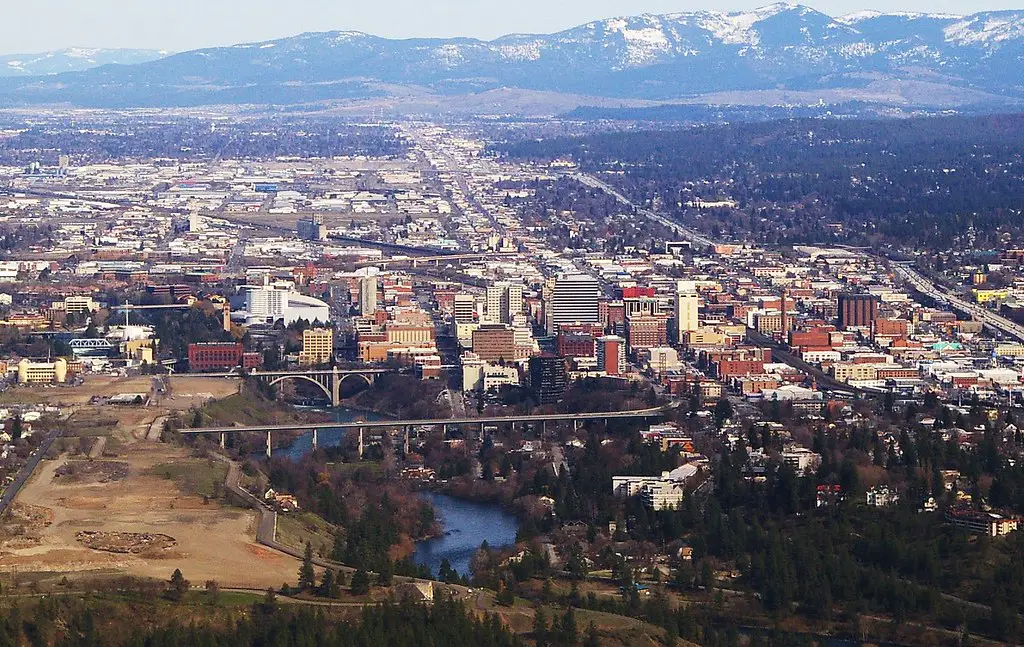
As noted by Forbes, Spokane has emerged as a strong alternative to the overheated Seattle market. People are moving east of the Cascades for more affordable housing, easier commutes, and access to nature. Spokane offers a rare blend of small-town friendliness with big-city amenities. It also has a strong healthcare and education sector that keeps the local economy resilient.
New home construction is booming, and buyers from California and Oregon are helping drive up demand. Its scenic location near lakes, rivers, and mountains makes it ideal for remote workers who prioritize quality of life. The real estate market is still competitive, but far more accessible than the West Coast metros. Expect Spokane to stay hot for years to come.
3. Little Rock, Arkansas
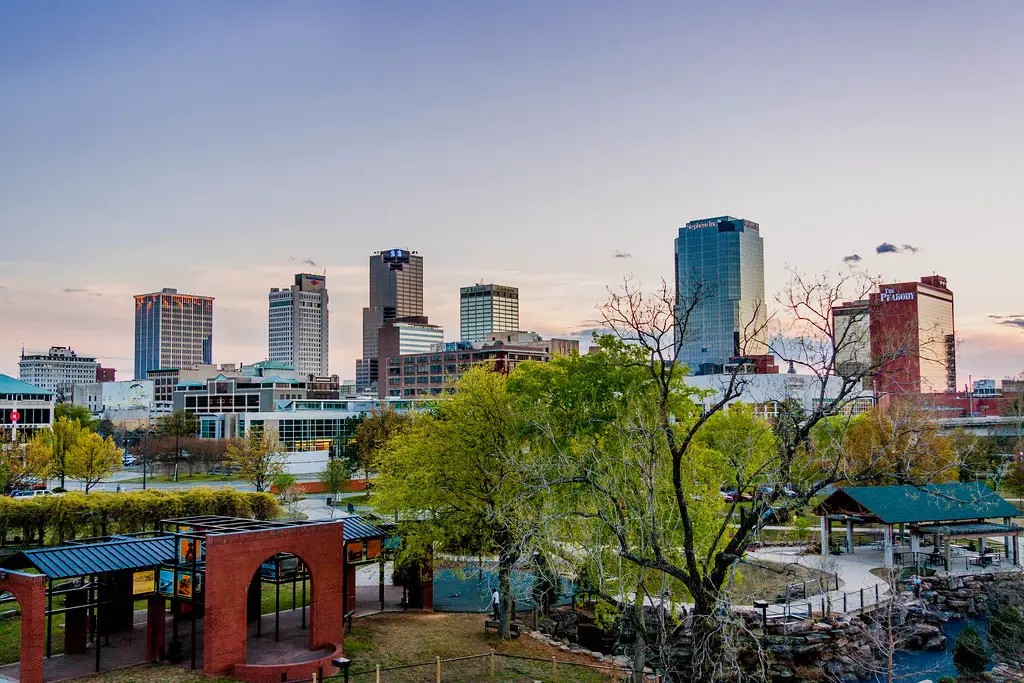
Little Rock might not be flashy, but it’s attracting attention for exactly that reason. According to Realtor.com, the city offers some of the best housing value per dollar in the South. It’s also seeing steady growth in tech, medical, and logistics sectors, making it a magnet for mid-career professionals. The River Market District and nearby outdoor attractions are a bonus.
Renters are converting to buyers thanks to lower interest rates and high inventory. The city’s infrastructure is improving, and crime rates are falling in many neighborhoods. These trends are helping Little Rock quietly transition into a more competitive market. With solid schools and a family-friendly vibe, it’s on track to become a Southern standout.
4. Manchester, New Hampshire

According to Fortune, Manchester has become an unexpected destination for Boston-area workers priced out of Massachusetts. With remote work sticking around, more buyers are trading city bustle for suburban calm—without going too far. Manchester is just over an hour from Boston, offers no state income tax, and has a growing tech scene. Those are big draws for younger professionals and families.
The real estate market here is heating up fast, with prices rising and inventory shrinking. Developers are eyeing old mills and warehouses for renovation, giving the city a cool edge. Public transit and school funding are also improving, slowly but surely. In New England, this is one of the few places where upward mobility still feels possible.
5. Chattanooga, Tennessee

Chattanooga continues to earn praise for its blend of tech-forward infrastructure and mountain-town charm. It was one of the first U.S. cities to offer gig-speed internet citywide, and that investment is still paying off. Young families and entrepreneurs are flocking here for affordability and access to outdoor adventures. Plus, it’s become a favorite for remote workers who want the South without the sprawl.
The city’s walkable downtown, thriving food scene, and riverfront parks make it feel bigger than it is. Housing prices have gone up, but remain relatively modest compared to other Southern metros. Chattanooga is also seeing interest from investors looking to renovate historic homes. It’s no longer a secret—but it still feels like a discovery.
6. Fayetteville, Arkansas
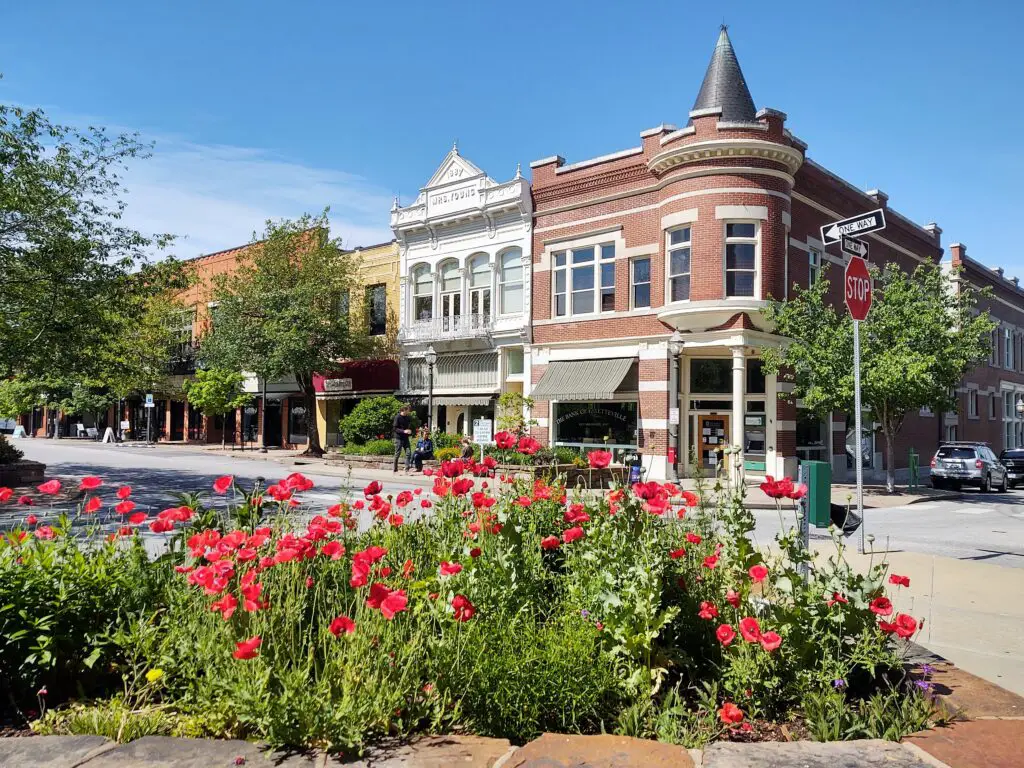
The Fayetteville area—including nearby Bentonville and Springdale—is booming thanks to Northwest Arkansas’s economic growth. Home to Walmart HQ, a major university, and a fast-growing start-up scene, this region is attracting workers and developers in droves. Property values are rising steadily but still have room to grow. The quality of life here, with green spaces and bike trails, is another major draw.
This part of Arkansas is now considered one of the most livable in the U.S., with low crime and high job satisfaction. It’s also investing in culture, including a thriving arts scene and museum expansion. Builders are rushing to meet demand, but supply still lags behind interest. That’s a recipe for a market that keeps heating up.
7. Des Moines, Iowa
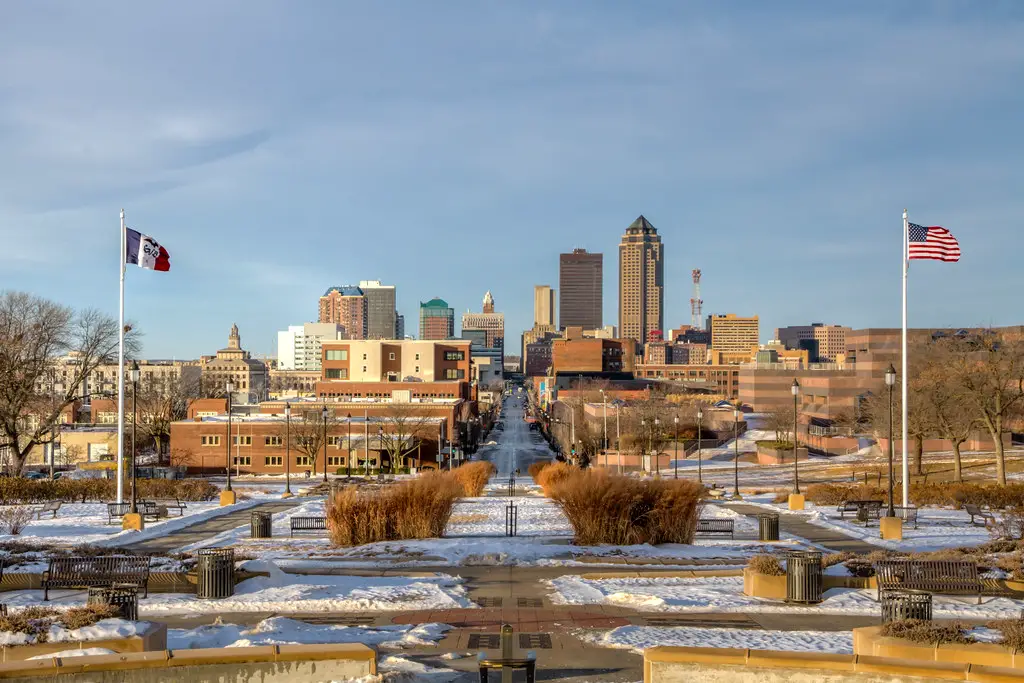
Des Moines has long flown under the radar, but its mix of low costs and high quality of life is finally getting noticed. It’s a financial services hub with a strong job market and stable economy. The city offers great public schools, vibrant neighborhoods, and tons of green space. And crucially, homes are still affordable—at least for now.
Young professionals and families are increasingly relocating from more expensive Midwestern cities like Chicago or Minneapolis. With remote work, Des Moines now appeals to a much broader range of buyers. It’s seen as a smart investment by those in the know. Expect slow but steady appreciation over the next decade.
8. Sioux Falls, South Dakota
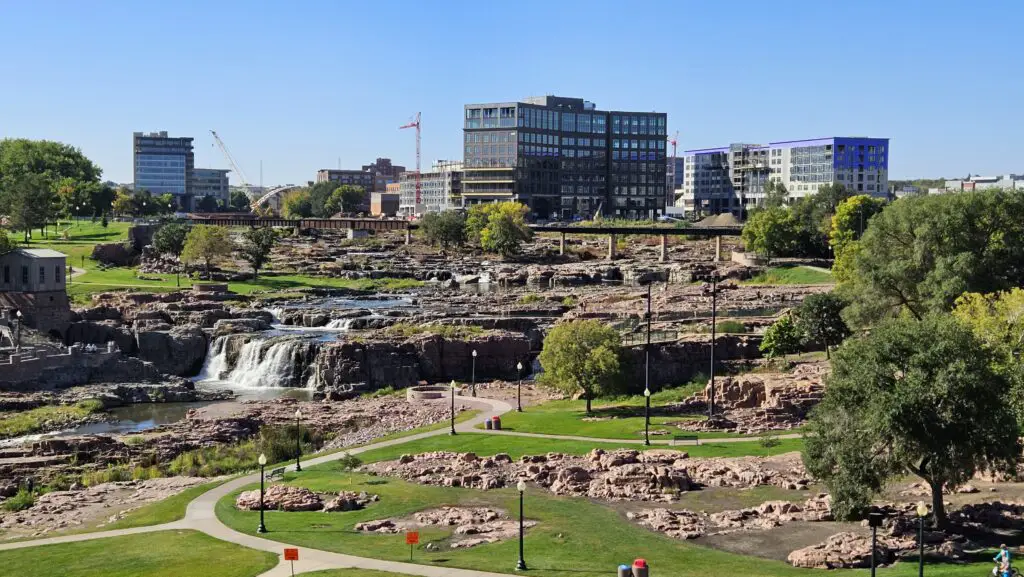
Sioux Falls is one of the fastest-growing small cities in the U.S., and real estate is following suit. Its pro-business climate, low taxes, and high safety ratings make it especially appealing to families. Plus, its healthcare sector provides economic stability. New developments and suburban neighborhoods are popping up rapidly.
The city offers a rare mix of affordability and opportunity. As more people look for alternatives to larger metros, Sioux Falls is ready to welcome them. The rental market is tightening, and homeownership is still attainable. It’s a quiet powerhouse in the making.
9. Huntsville, Alabama
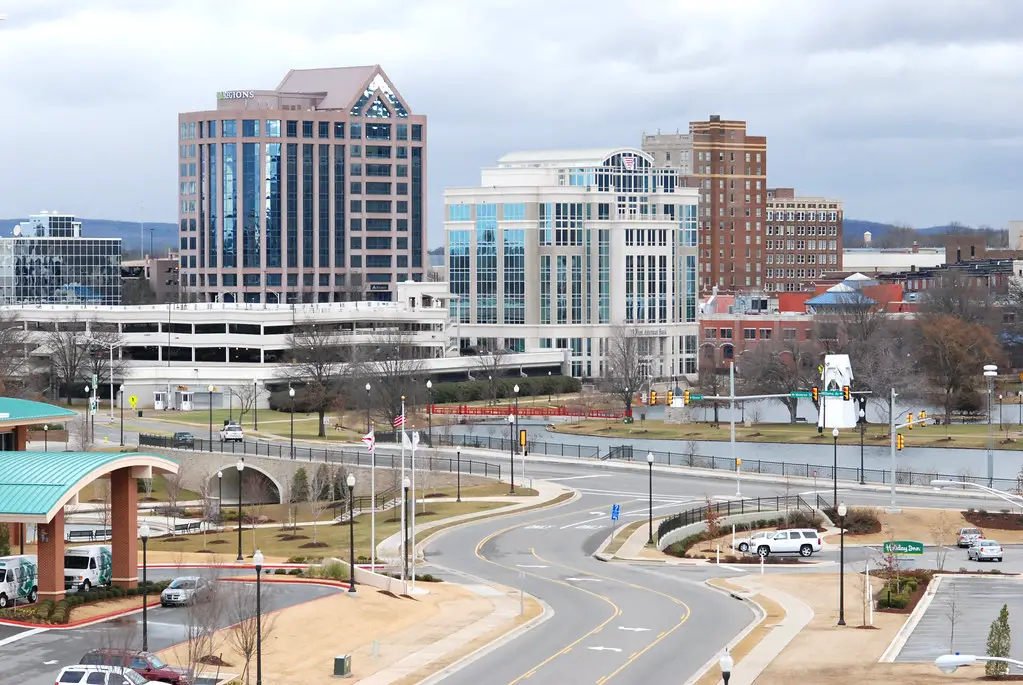
Huntsville has transformed from a NASA and defense hub to one of the South’s most dynamic real estate markets. Job growth is off the charts, driven by tech, aerospace, and biotech. The housing market here has kept up surprisingly well, but demand continues to outpace supply. Still, it’s a place where middle-class families can find a foothold.
It’s not just about jobs—Huntsville is also known for good schools, low crime, and a strong sense of community. Downtown revitalization projects are making it even more attractive. Investors see it as a long-term win. If you’re looking to plant roots in a future-proof city, this is one to watch.
10. Boise, Idaho
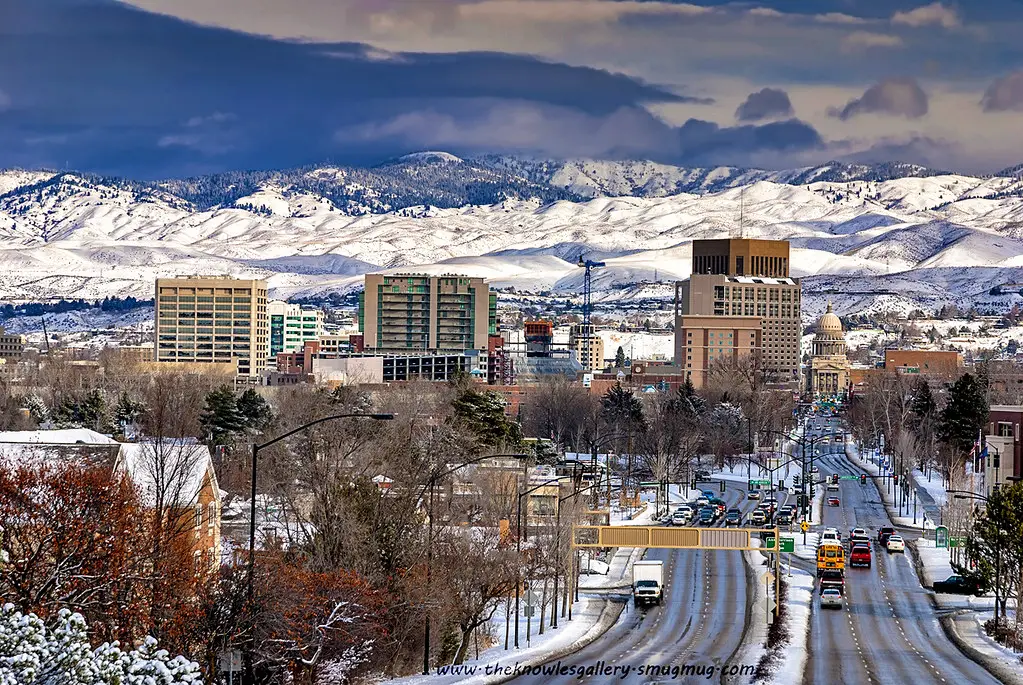
While Boise isn’t exactly new to real estate fame, its resurgence post-correction is worth noting. After a temporary cooldown, prices are stabilizing and buyers are coming back. It remains one of the West’s more livable mid-sized cities, with access to mountains, rivers, and strong schools. Boise’s popularity with remote workers shows no signs of slowing.
Locals are concerned about affordability, but policy efforts are underway to boost supply. The city’s job market is steady, and quality of life continues to be a major draw. With a slight reset in prices, Boise may be entering a second boom. Watch this one closely—it may surprise you again.
11. Fort Wayne, Indiana

Fort Wayne offers exceptional value and is attracting buyers looking for starter homes or investment properties. The city has spent years improving infrastructure, public parks, and downtown amenities. It’s now reaping the benefits with growing interest from out-of-state buyers. The low cost of living and solid school system don’t hurt either.
Many neighborhoods are being revitalized with new construction and community development projects. Real estate appreciation here is slow but steady, which appeals to long-term thinkers. It’s not flashy—but it’s smart. That’s the kind of market that often wins in the long run.
12. Reno, Nevada

Reno is experiencing a spillover effect from the Bay Area, with Californians flocking to the city for tax relief and lifestyle perks. Its proximity to Lake Tahoe and ski resorts makes it especially popular among outdoor enthusiasts. At the same time, the tech industry—led by Tesla’s nearby Gigafactory—is driving employment and demand. The market has cooled slightly from its peak, but demand remains strong.
Reno offers more space and less stress than Silicon Valley, and that’s proving to be a big draw. New housing developments are trying to keep up, but affordability is still a challenge. That said, the city remains far more accessible than most West Coast alternatives. Expect continued growth and gentrification.
13. Lexington, Kentucky

Lexington combines a charming small-town feel with the perks of a larger metro area. It’s a university town, horse capital, and increasingly, a real estate bright spot. Buyers are drawn by the balance of affordability, quality schools, and vibrant local culture. Housing demand has remained steady, and inventory is tight.
The city has made big strides in walkability and downtown development. That’s appealing to younger buyers looking to escape bigger cities. Lexington also has a stable job market anchored by education, healthcare, and logistics. It’s positioning itself as a long-term value city.
14. Greenville, South Carolina
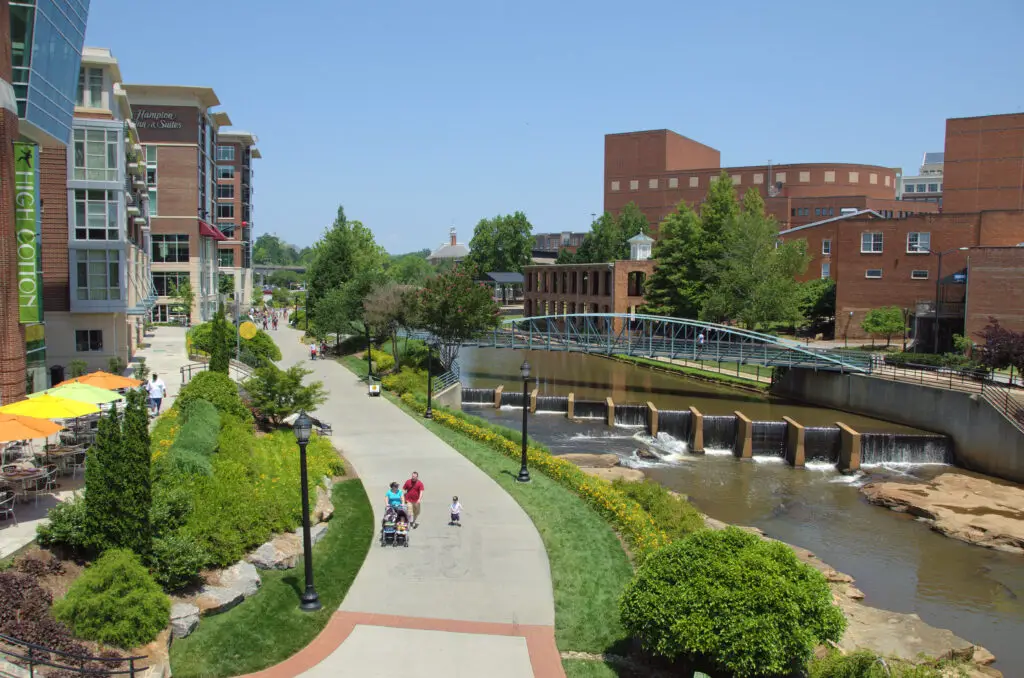
Greenville has become a rising star in the Southeast thanks to its revitalized downtown, job market, and growing arts scene. Major employers continue to move in, and local universities help fuel a talent pipeline. Home prices have risen, but the city still feels accessible compared to Charlotte or Atlanta. And the natural beauty of the surrounding Blue Ridge Mountains doesn’t hurt.
Greenville offers a rare mix of Southern charm and modern living. With breweries, tech start-ups, and walkable neighborhoods, it’s appealing to a broad demographic. Retirees, families, and remote workers are all taking notice. It’s not a secret anymore, but it’s still affordable enough to be a smart move.
15. Rochester, New York
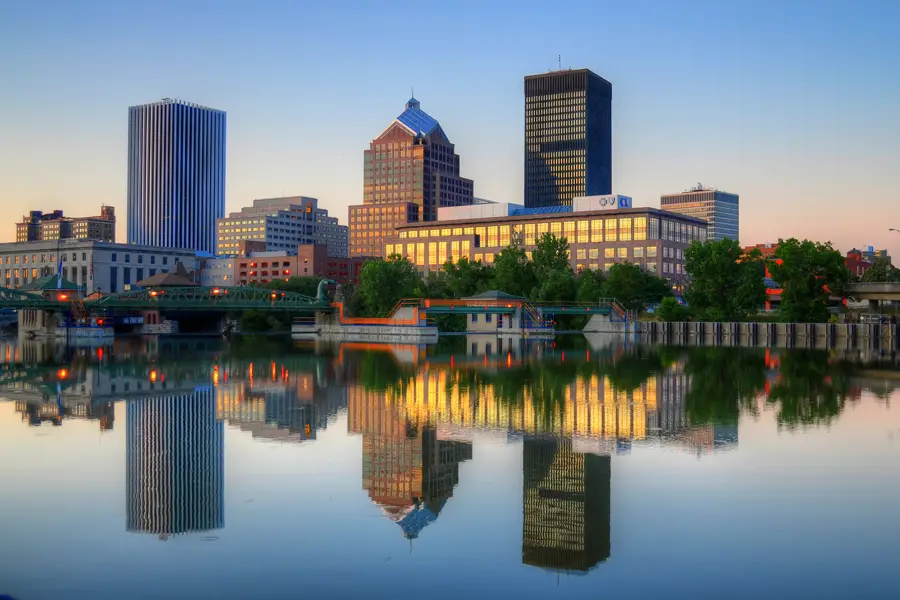
Rochester may not be on your radar—but that’s exactly why it’s ripe for real estate momentum. It offers beautiful historic homes, lakefront access, and one of the most affordable housing markets in the Northeast. The city has made major investments in green space, public transit, and job growth. It’s also becoming a hub for higher education and medical tech.
For people leaving New York City or Boston, Rochester feels like a breath of fresh air. It’s small enough to feel cozy but big enough to provide opportunity. Local experts say the market here is “undervalued and overdue.” That makes now the time to get in.
